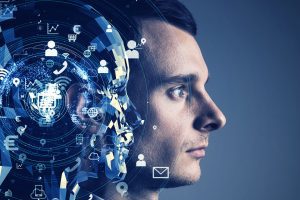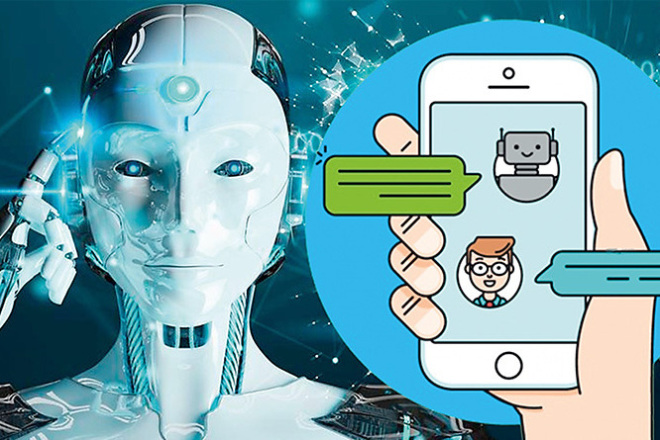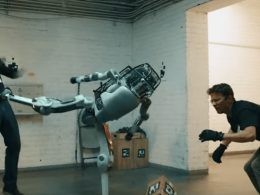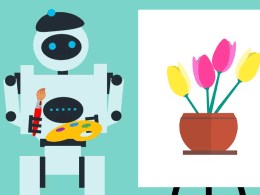Advancements in Artificial Intelligence for Human-Like Robots

In recent years, the field of artificial intelligence (AI) has seen unprecedented growth, significantly enhancing the capabilities of human-like robots. These advancements have not only improved the computational and problem-solving abilities of robots but have also remarkably boosted their emotional intelligence. This leap in emotional intelligence means that human-like robots can now better understand, interpret, and respond to human emotions, making interactions with them more natural and meaningful. This progress is pivotal as it bridges the gap between mechanical responses and genuinely empathetic interactions, allowing these robots to participate more effectively in social environments.
Moreover, the autonomy of human-like robots has seen a substantial increase thanks to cutting-edge developments in AI. These robots can now perform complex tasks with minimal human intervention, adapting to new situations and learning from their environments. This autonomy is crucial for their deployment in various sectors, including healthcare, customer service, and education, where they can operate independently, providing services and support without constant human oversight.
The Role of Human-Like Robots in Healthcare

The integration of human-like robots into the healthcare sector has the potential to revolutionize patient care and support. With their enhanced emotional intelligence and autonomy, these robots can assist in monitoring patient health, providing companionship, and even aiding in therapy sessions. Their ability to work tirelessly around the clock ensures that patients receive constant care, significantly improving the quality of healthcare services.
Looking ahead, the future of human-like robots in healthcare appears to be a cornerstone of innovation and accessibility. They hold the promise of making healthcare services more accessible, especially in remote or underserved areas where medical professionals are scarce. By performing routine tasks, these robots can also alleviate the burden on healthcare workers, allowing them to focus more on critical care and decision-making processes.
Public Perception and Acceptance of Human-Like Robots
The public perception and acceptance of human-like robots play a crucial role in determining their future integration into society. There is an ongoing debate on whether these robots bridge the gap between technology and humanity or if they further widen the divide. On one hand, their ability to perform human-like interactions and tasks can lead to more inclusive and efficient services across various sectors. On the other hand, concerns about job displacement and the loss of human touch in services raise questions about their role in society.
The acceptance of human-like robots is, therefore, a determining factor in their widespread adoption. It requires a societal shift in mindset, recognizing the potential benefits of these robots while addressing legitimate concerns. Education and transparent communication about the capabilities, limitations, and ethical use of human-like robots will be essential in fostering acceptance and ensuring their beneficial integration into society.
Security and Privacy Concerns

As human-like robots become more integrated into daily life, they pose new challenges in data privacy and protection. These robots collect and process vast amounts of personal information, making them potential targets for data breaches and misuse. Ensuring that security protocols evolve alongside the capabilities of human-like robots is critical in protecting sensitive information. This includes implementing robust encryption methods, secure data storage solutions, and strict access controls to prevent unauthorized data access.
Moreover, establishing comprehensive privacy guidelines and regulations specific to the deployment and operation of human-like robots is paramount. These measures must ensure that the collection, storage, and use of data are transparent and comply with ethical standards, safeguarding individuals’ privacy rights.
Long-Term Implications for Human Identity and Society
The emergence of human-like robots challenges traditional notions of human identity and the essence of what it means to be human. As these robots become more capable of performing tasks that were once considered uniquely human, it prompts a reevaluation of human roles and values. The integration of human-like robots into society also reshapes societal structures and interactions, influencing everything from the workforce to personal relationships.
This integration presents both opportunities and challenges. It offers the potential to augment human capabilities and address labor shortages in various sectors. However, it also raises concerns about the loss of human jobs to robots and the ethical implications of creating machines that closely mimic human behaviors and emotions. Navigating these challenges requires careful consideration of the ethical, social, and economic impacts of human-like robots, ensuring that their development and integration enhance human society rather than diminish it.












